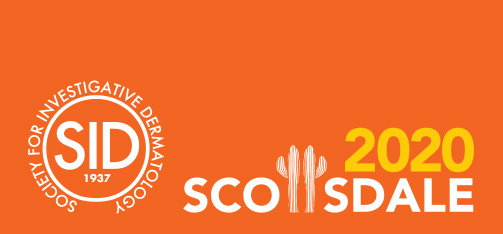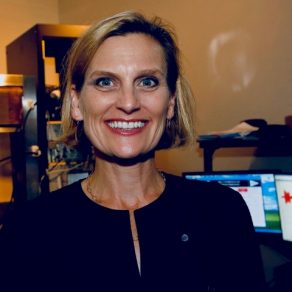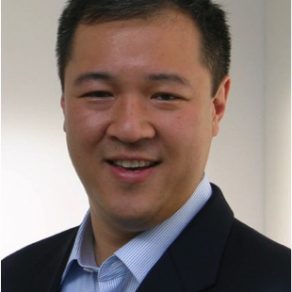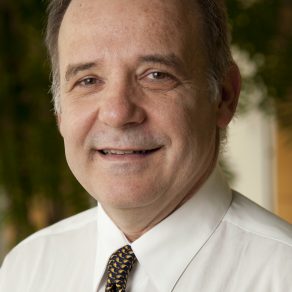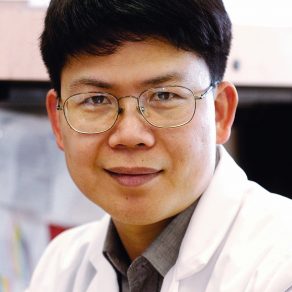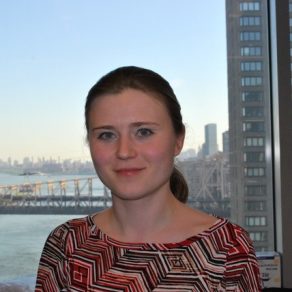
Hannah Valantine, MD
State-of-the-Art Plenary Lecture
Title: NIH’s Scientific Approach to Inclusive Excellence
Hannah Valantine is the first NIH Chief Officer for Scientific Workforce Diversity, and a Senior Investigator in the Intramural Research Program at the National Heart, Lung, and Blood Institute. Prior to starting this position in April 2014, Dr. Valantine was Professor of Cardiovascular Medicine and the Senior Associate Dean for Diversity and Leadership at Stanford, a leadership position she held since November 2004. She is nationally recognized for her transformative approaches to diversity and is a recipient of the NIH Director’s Pathfinder Award for Diversity in the Scientific Workforce. She is currently leading NIH efforts to promote diversity through innovation across the NIH-funded biomedical workforce through a range of evidence-based approaches. Dr. Valantine maintains an active clinical research program that continues to have high impact on patient care. Current research extends her previous finding that an organ transplant is essentially a genome transplant, and that monitoring the level of donor DNA in a recipient’s blood as a marker of organ damage will detect early stages of rejection. She is currently overseeing a multi-site consortium of mid-Atlantic transplant centers to validate these findings clinically toward the development of a non-invasive tool for detecting early signs of organ rejection.
